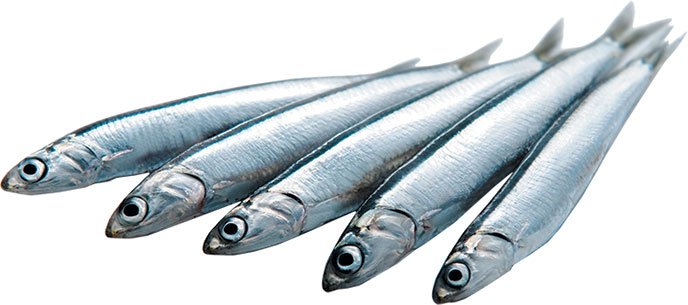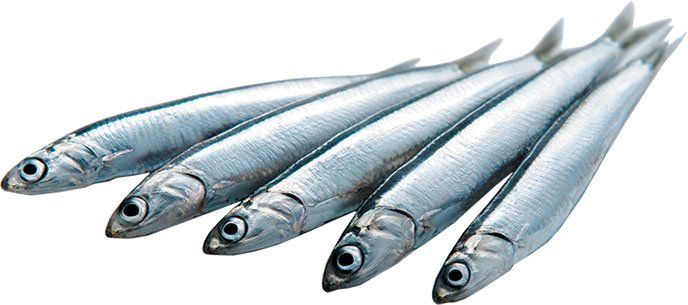A new long-term study from Sweden bolsters the evidence that the type of fats you consume is more important for your health than the total amount of fats in your diet. (See the November Special Report, “Stop Worrying About Total Fat.“) Rather than relying on sometimes-inaccurate self-reported food intake, the study actually measured blood serum levels of the most important types of polyunsaturated fats. Health outcomes were then tracked for an average of 14.5 years.
Among the more than 4,000 participants, age 60 when the study began, higher levels of EPA and DHA – the primary omega-3 fats found in fish and fish oil – were associated with lower risk of death from all causes. Women with higher levels of EPA and DHA also had a lower risk of developing cardiovascular disease. Men with the most linoleic acid – the main component of most liquid vegetable oils such as soybean and corn oil – were 41% less likely to die of all causes than those with the lowest levels.
“There have been signals suggesting foods and oils high in polyunsaturated fatty acids were good for the heart and good for the health,” says Alice H. Lichtenstein, DSc, director of Tufts’ HNRCA Cardiovascular Nutrition Laboratory and executive editor of the Health & Nutrition Letter. “The findings of this study reinforce the importance of choosing healthy fats.”

IMAGE © THINKSTOCK
HEALTHY FATS: Various other studies have shown health benefits from consuming the polyunsaturated fats found in fish, many vegetable oils, and nuts (see box). The heart-health benefits of the omega-3 fatty acids EPA (eicosapentaenoic acid) and DHA (docosahexaenoic acid) were first observed in the 1970s among the native Inuit populations of Greenland, who consumed lots of fatty fish and had low rates of heart disease. Linoleic acid has been in the spotlight more recently, with a study reporting that substituting it for saturated fat was associated with lower risks of heart disease events and death. (See the February 2015 newsletter.)
In this latest study, published in Circulation, scientists recruited 2,193 women and 2,039 men in Stockholm who were turning 60 years old. Blood samples were collected after overnight fasting and analyzed using gas chromatography. Although fatty acids in the blood serum were tested only once – which scientists acknowledged is a weakness of the study – other research has found little change in these measures over time among similar populations. Such measurements have also been found to closely correlate with types of dietary intake.
GENDER DIFFERENCES: Although the study found significant evidence of health and longevity benefits associated with polyunsaturated fats, the connections differed sharply by gender. Only the associations between EPA and DHA and mortality risk crossed gender lines. The cardiovascular benefits with those omega-3s was significant only in women, which researchers speculated could be due to differences in overall dietary patterns or fish intake. Only men had a beneficial association between linoleic acid and mortality risk, but that link was very strong.
A fourth polyunsaturated fat studied, the omega-3 alpha-linolenic acid (ALA) found in soybean and canola oils, flaxseed, avocados and nuts, produced even more puzzling results: Women with the highest ALA intake were actually at moderately greater risk of developing heart disease. Those findings are at odds with other research on ALA, and the Swedish scientists noted that serum measurements of ALA are less reliable than for other fatty acids. Higher ALA levels could also indicate greater consumption of ALA-containing margarines or spreads, which may have contained saturated fats and/or artificial trans fats.
Overall, Matti Marklund, PhD, and colleagues from Uppsala University concluded, “the results support current dietary recommendations to increase omega-3 polyunsaturated fats (EPA and DHA) and linoleic acid from fish and non-tropical vegetable oils, respectively.”
The best approach, says Tufts’ Lichtenstein, is to substitute foods high in polyunsaturated fats for those high in saturated fats.
Common cooking oils vary in their percentage of polyunsaturated fat (primarily linoleic acid). Here are common choices containing the most:
– Safflower oil78%
– Sunflower oil69%
– Corn oil62%
– Soybean oil61%
Nuts high in polyunsaturated fats include:
– Walnuts
– Pecans
– Pistachios
– Almonds
Fish high in omega-3 fatty acids (EPA and DHA) also rated high for sustainability (notes in parentheses) include:
– Bluefish
– Herring (Atlantic)
– Opah (Hawaii)
– Sablefish
– Salmon
– Sardines (Pacific)
– Trout
– Tuna (not bluefin)
























